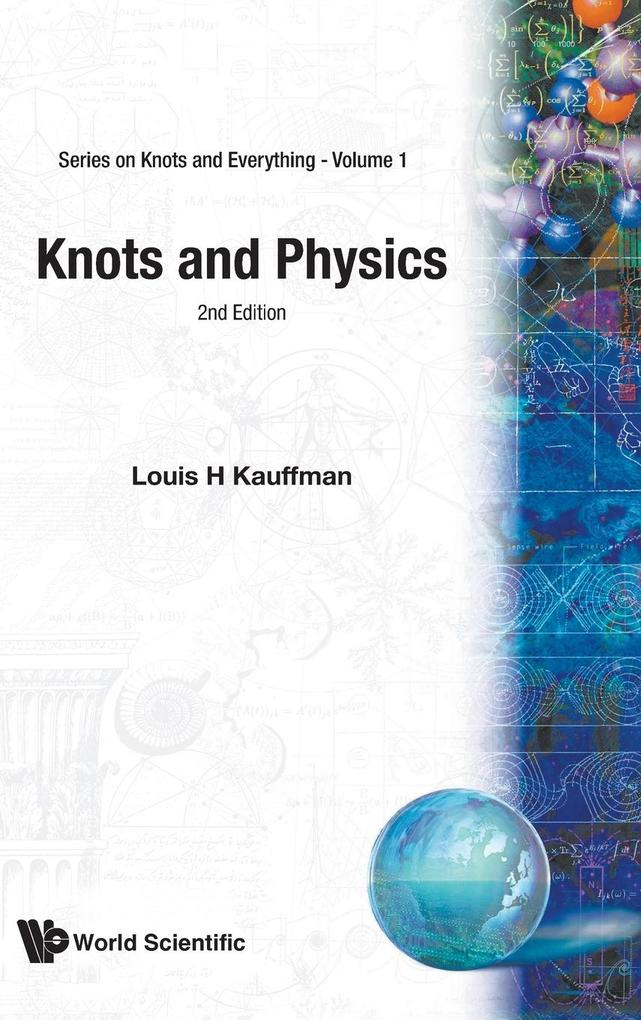
Zustellung: Mo, 27.01. - Do, 30.01.
Versand in 1-2 Wochen
VersandkostenfreiThis book is an introduction to knot and link invariants as generalized amplitudes (vacuum-vacuum amplitudes) for a quasi-physical process. The demands of knot theory, coupled with a quantum statistical framework, create a context that naturally and powerfully includes an extraordinary range of interrelated topics in topology and mathematical physics. The author takes a primarily combinatorial stance toward knot theory and its relations with these subjects. This has the advantage of providing very direct access to the algebra and to the combinatorial topology, as well as the physical ideas. This book is divided into 2 parts: Part I of the book is a systematic course in knots and physics starting from the ground up. Part II is a set of lectures on various topics related to and sometimes based on Part I. Part II also explores some side-topics such as frictional properties of knots, relations with combinatorics and knots in dynamical systems.
Inhaltsverzeichnis
Physical Knots; States and the Bracket Polynomial; The Jones Polynominal and Its Generalizations; Braids and Polynomials: Formal Feynman Diagrams, Bracket as Vacuum-Vacmum expectation and the Quantum Group SL(2)q; Yang-Baxter Models for Specialization's of the Homfly Polynomial; The Alexander Polynomial; Knot Crystals - Classical Knot Theory in Modem Guise; The Kauffman Polynomial; Three-Manifold Invariants from the Jones Polynomials; integral Heuristics and Witten's lnvariants; Chromatic Polynomials; The Potts Model and the Dichromatic Polynomial; The Penrose Theory of Spin Networks; Knots and Strings - Knotted Strings; DNA and Quantum Field Theory; Knots in Dynamical Systems - The Lorenz Attractor.
Produktdetails
Erscheinungsdatum
01. Januar 1994
Sprache
englisch
Seitenanzahl
738
Autor/Autorin
Louis Kauffman
Verlag/Hersteller
Produktart
gebunden
Gewicht
1201 g
Größe (L/B/H)
235/157/44 mm
ISBN
9789810216566
Entdecken Sie mehr
Bewertungen
0 Bewertungen
Es wurden noch keine Bewertungen abgegeben. Schreiben Sie die erste Bewertung zu "KNOTS AND PHYSICS (2ND EDITION) (V1)" und helfen Sie damit anderen bei der Kaufentscheidung.








